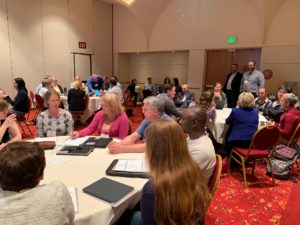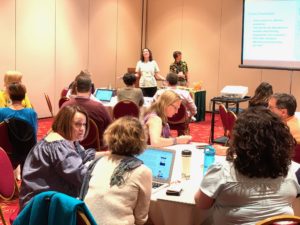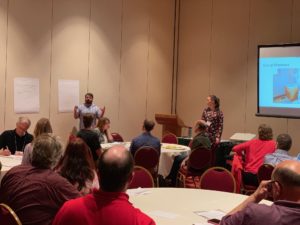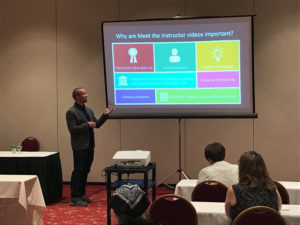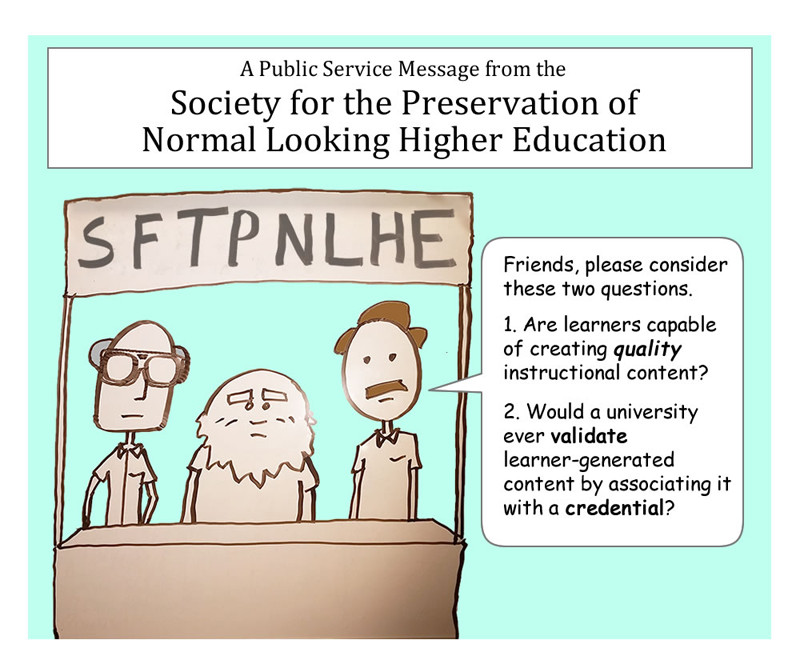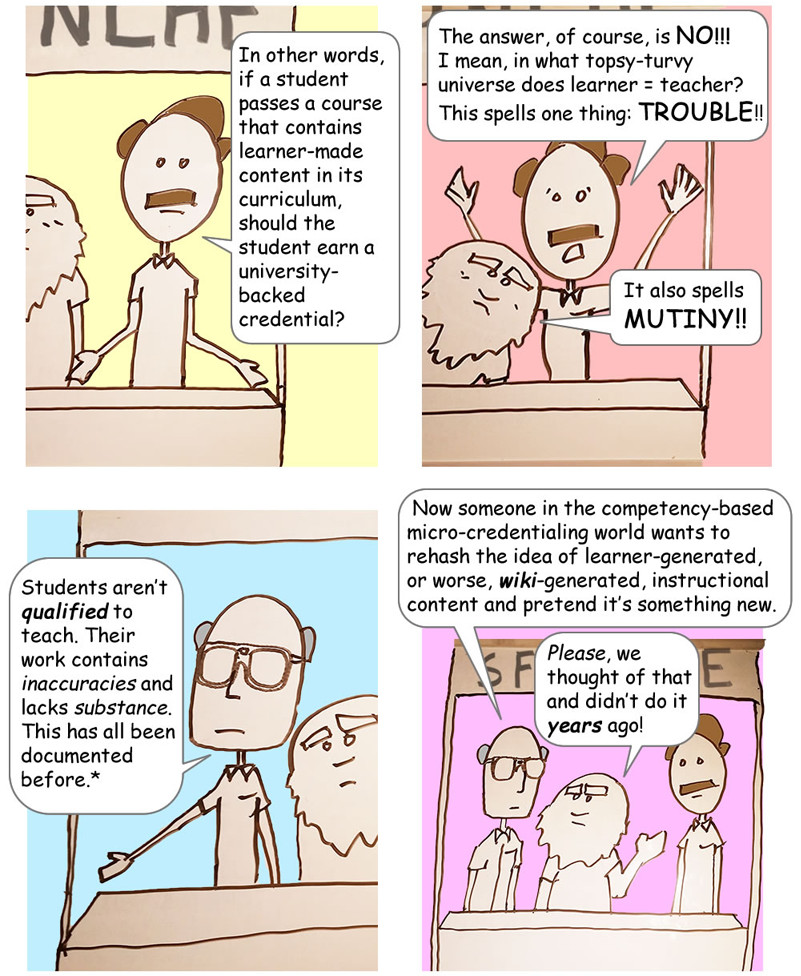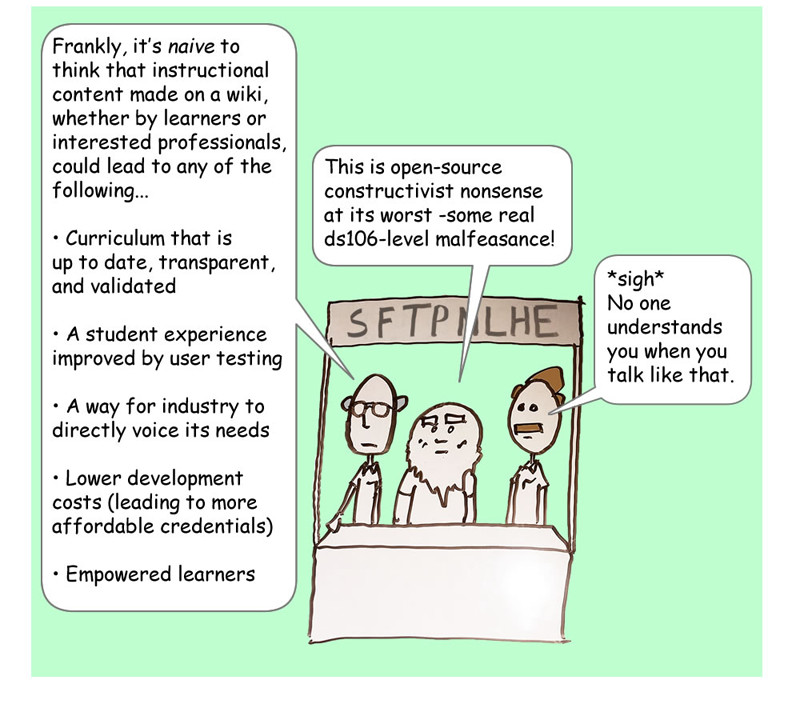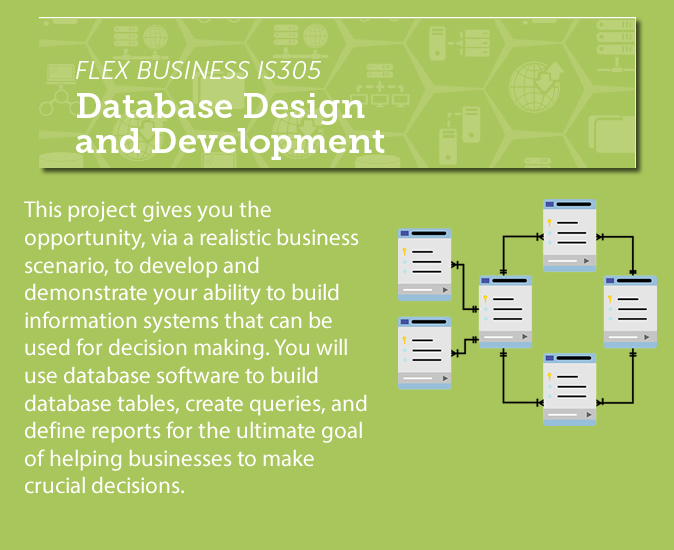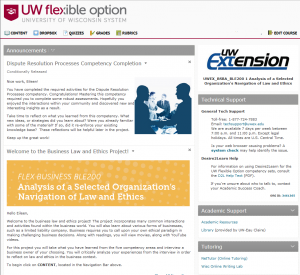Earlier this year, we surveyed instructors on what topics they would like to learn more about. High-Impact Practices (HIPs) received the most votes. This blog post has some general information on HIPs, a link to our webinar on HIPs, and an example of how you can use HIPs to make a small but important change in your course.
What are HIPs?
High-Impact Practices are argued to be beneficial to students when implemented cohesively1. This list of practices has been around since 2008, with the more recent addition of ePortfolios in 2016. These practices are:
- First-Year Seminars and Experiences
- Common Intellectual Experiences
- Learning Communities
- Writing-Intensive Courses
- Collaborative Assignments and Projects
- Undergraduate Research
- Diversity/Global Learning
- ePortfolios
- Service Learning, Community-Based Learning
- Internships
- Capstone Courses and Projects
The bolded practices are the ones that are most prevalent in our online programs at UW Extended Campus. If you’d like to read more about these High-Impact Practices, you can find a list of High-Impact Practices and descriptions of each in this PDF to learn more!
Webinar
Two of our Senior Instructional Designers, Eileen Horn and Kristine Pierick, presented the webinar High-Impact Practices for Online Courses in November. They discuss what HIPs are and why people should care about them. They also cover how HIPs are used in our courses and some implementation tips. If this sounds interesting, you can watch the recording here!
Using HIPs to Make Small Changes
Something the webinar doesn’t cover is the Eight Key Elements that HIPs share2. If you look at the list below, chances are you could find many of these elements in assignments and strategies that you already use in your course!
Eight Key Elements
- Performance levels set at appropriately high expectations
- Significant investment of time and effort by students over an extended period of time
- Interactions with faculty and peers about substantive matters
- Experiences with diversity, wherein students are exposed to and must contend with people and circumstances that differ from those with which students are familiar
- Frequent, timely, and constructive feedback
- Periodic, structured opportunities to reflect and integrate learning
- Opportunities to discover relevance of learning through real-world applications
- Public demonstration of competence
I share these elements because they can be useful tools for you to use if you are making changes in your course or need some inspiration. For example, you could create a more impactful discussion by asking students to discuss their viewpoints with someone that has a different background from themselves (see Key Element #4) instead of a traditional discussion question.
As an example, let’s take a look at how we could use HIPs to make a small change to a course under revision!
The Case of the Disconnected Discussion
Let’s pretend that Rosie, our student, is taking a course where she has to build a brick wall. She is hard at work on this project throughout this semester. This brick wall can be a stand-in for any project you can imagine (e.g., building a computer program, writing a business proposal, creating a marketing plan, etc). Any of these possible projects share most of the eight key elements of HIPs.

In addition to her course project, Rosie is required to participate in a discussion every week.

In the image, Boaz is placed off to the side in this image to represent that the discussion isn’t directly connected to what we already know motivates the students: the project. While discussions on bricklaying (or another relevant course concept) are valuable, Rosie still might view this discussion as busywork. Rosie’s instructor realizes that this might be a problem and wants to change the discussions to make them more applicable and impactful for the students.
What Would You Do?
Think about how you would change the discussions if you were the instructor of this course. Look at the list of HIPs and the Eight Key Elements for inspiration. Alternatively, you could come up with your idea first and see if it matches any of the HIPs or Eight Key Elements.
A Possible Revision!
Rosie’s instructor decides to place students into small discussion groups to work together find and fix errors in an example of the project. These errors are common mistakes that students make in the project every semester, so the instructor knows there will be an active discussion.
- The students collaborate (Key Element #3; HIP #5) on the discussion board.
- This happens well before every project checkpoint (Key Element #5 and #6).
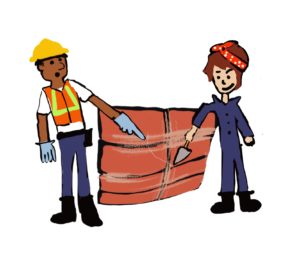
At the end of the semester, the students are happy because they see how what they are learning affects their project, and the instructor is happy because the students are learning and applying important concepts.
If you have any components of your course that feel a bit disconnected, you can use the HIPs and Eight Key Elements resources as a guide to change things for the better. You could also look at this example as strengthening something that is already working well (in this case, adding collaborative practice to a course that has no group work).
Do you have any questions about HIPs or experiences you would like to share? Comment them below!
1High-Impact Educational Practices: What They Are, Who Has Access to Them, and Why They Matter, by George D. Kuh (AAC&U, 2008).
2Ensuring Quality & Taking High-Impact Practices to Scale by George D. Kuh and Ken O’Donnell, with Case Studies by Sally Reed. (Washington, DC: AAC&U, 2013).
